5 New Launch Condo Red Flags That Some Property Agents May Not Tell You
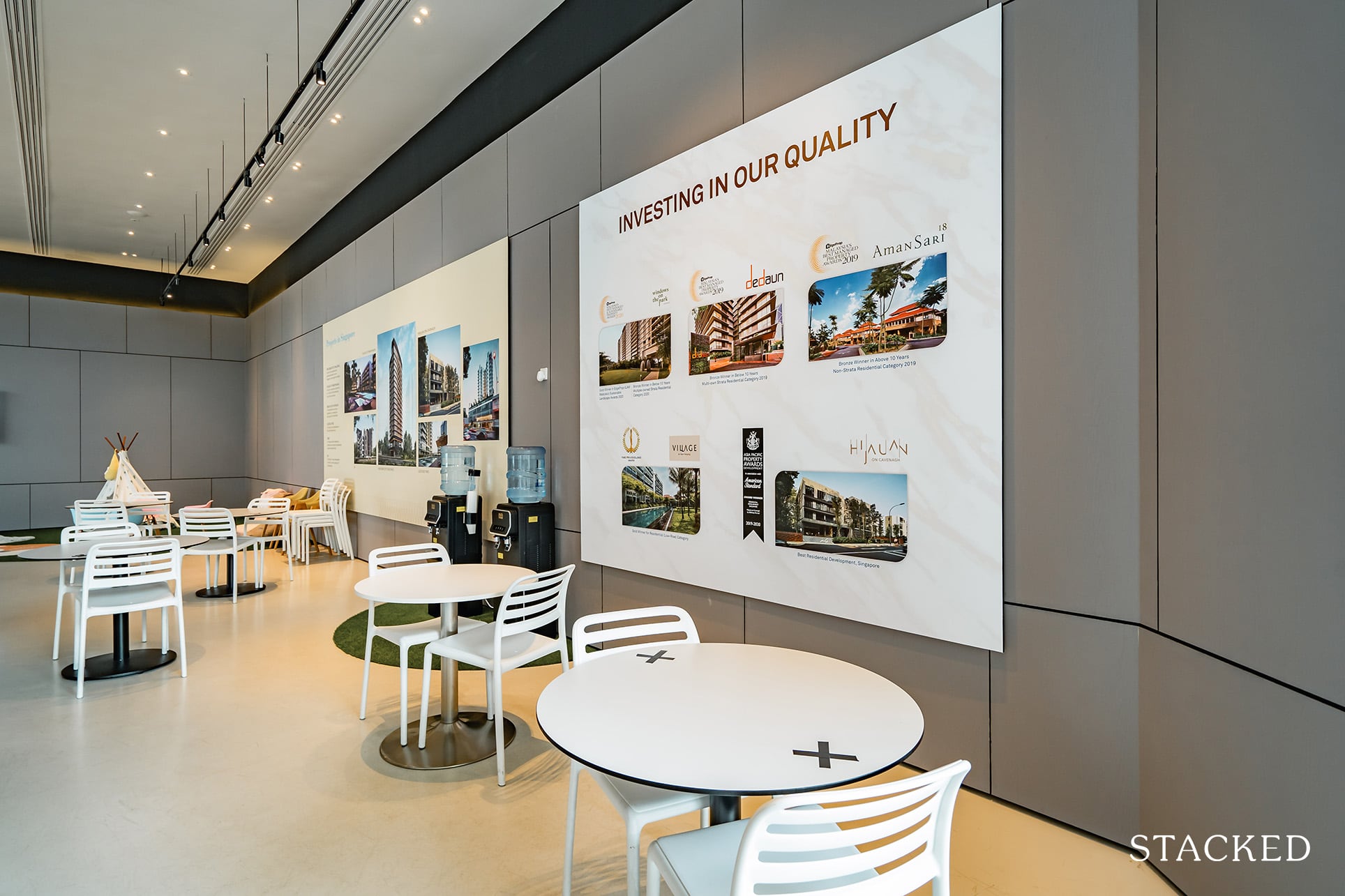
Get The Property Insights Serious Buyers Read First: Join 50,000+ readers who rely on our weekly breakdowns of Singapore’s property market.
A seasoned content strategist with over 17 years in the real estate and financial journalism sectors, Ryan has built a reputation for transforming complex industry jargon into accessible knowledge. With a track record of writing and editing for leading financial platforms and publications, Ryan's expertise has been recognised across various media outlets. His role as a former content editor for 99.co and a co-host for CNA 938's Open House programme underscores his commitment to providing valuable insights into the property market.
New launches are tricky, as everything exists on plans, in concept, or in a show flat that accentuates the good points and “hides” the not-so-good points. And whilst agents have a strong incentive not to lie (they have a license to risk), they also don’t like to volunteer more information than is necessary. The sales spiel is really a selective presentation: the nice parts that distract you from the potential issues. So let’s go over the bits that sales teams often prefer to gloss over: the red flags and potential issues that you have to look out for yourself, when it comes to new launch condos:
1. There have been land plots nearby, sold at lower prices
We always advise looking up the URA Master Plan yourself to check for surrounding residential plots in general – this is to determine if future residences will add noise and traffic, or obstruct the view.
However, this is more of an alarm if the nearby land plot is already sold, and has a price that’s lower than the land parcel of the project you’re viewing. The issue with viewing this on the URA Master Plan is that this isn’t immediately obvious by looking at the map – you’d have to navigate to the overlays to look for the Government Land Sales tab.
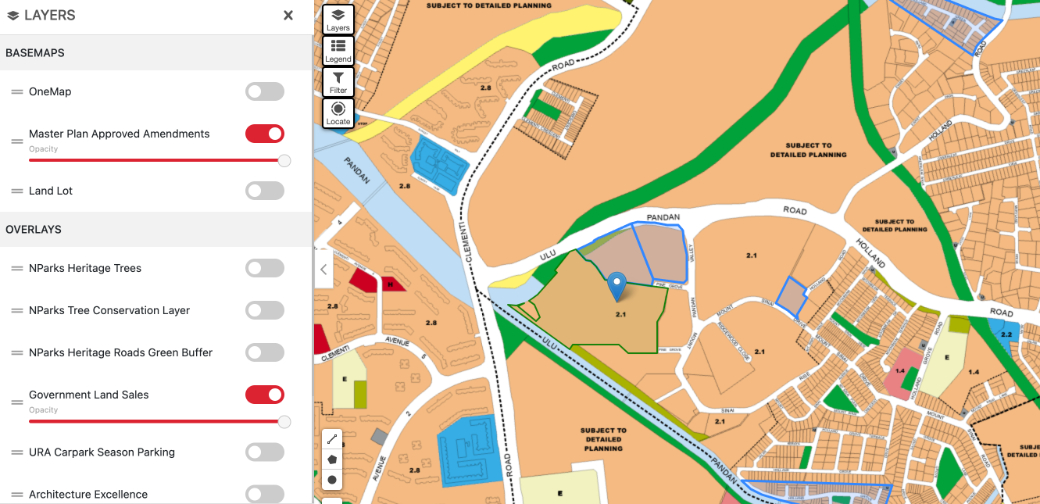
This was, for instance, a possible cause of concern for some buyers of Pinetree Hill. For example, Pine Grove Parcel B was sold at $1,223 psf ppr which is 7.2% lower than the $1,318 psf ppr for Pinetree Hill. Now, this could be due to the effects of the GFA harmonisation, and there’s no guarantee that the developers would launch at a lower price. But here’s the thing – there is always that risk.
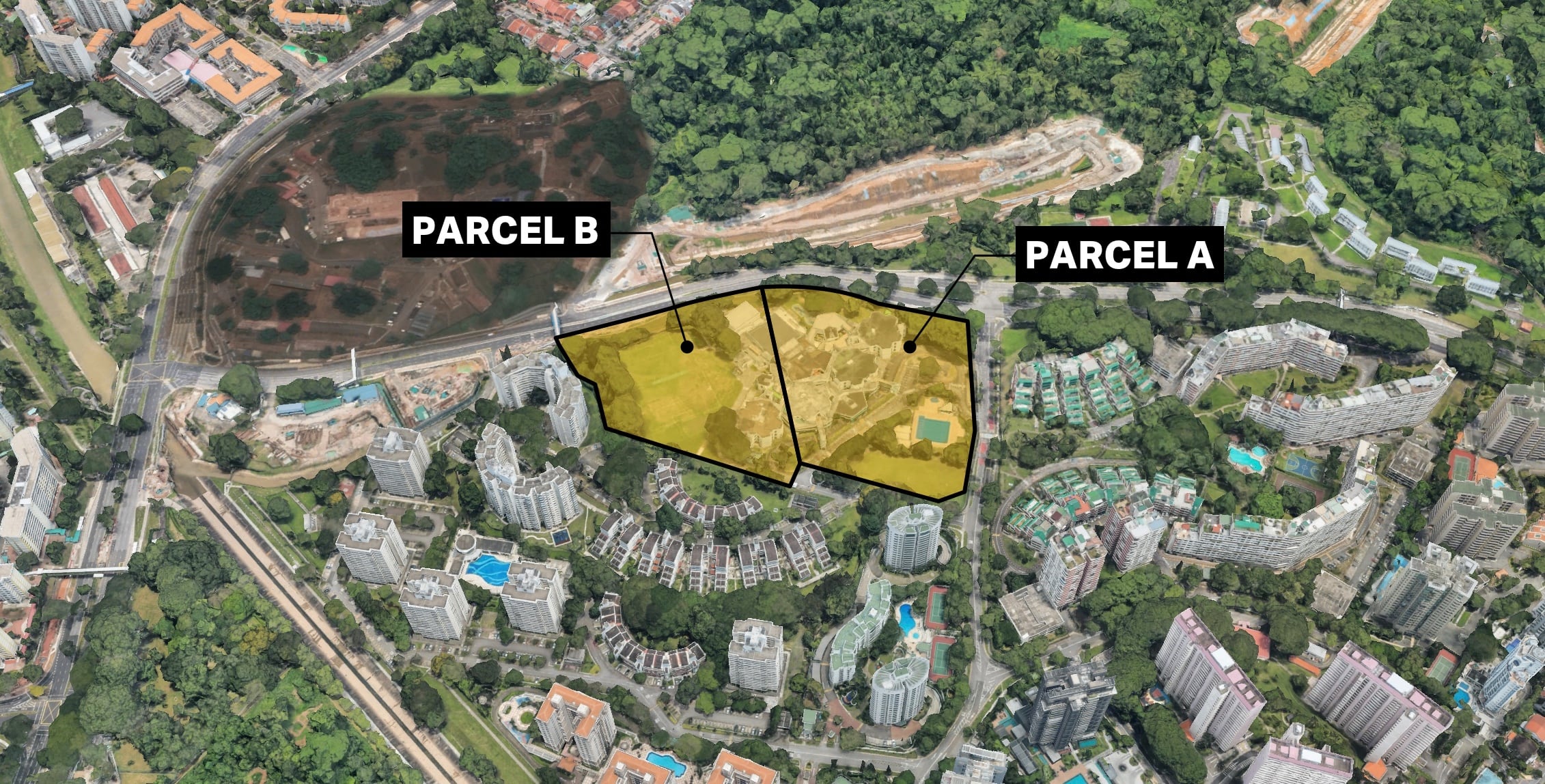
The general concern is that you may be overpaying, as a higher land bid contributes to the overall prices you pay. If a nearby plot costs less, but has the same locational advantages, that might mean the project on the neighbouring plot could allow buyers to get in on a better entry price.
Note that this alone doesn’t mean a project is bad, as other factors like quality, facilities, layout, etc. will do more to tilt the balance. But it’s better if the surrounding plots don’t offer any competition, or are at least priced similar or higher.
You do need to do a bit of your own homework for this, as it’s unlikely that the sales team will volunteer much information on this.
2. The commissions offered, along with any sudden bursts of advertising
The commission for a new launch is almost always higher than for resale. In today’s market, two to three per cent is common, but there have been cases of commissions reaching five per cent or even higher; particularly for tough-to-move, high-quantum units. Although no specific studies have been conducted on this, high commission rates can influence the motivation to close a project. so it’s something you want to be sensitive to – but you may not be able to get a direct answer, and it certainly won’t be disclosed in any materials.
To some degree though, you can hazard a guess based on the marketing. For a very new launch, it’s hard to tell as there’s always an initial marketing blitz. For bigger launches, you can expect there to be a more concentrated effort, both from the agencies and the developer. But if a new launch suddenly starts appearing on ads, social media feeds, etc. after a few months of quiet, this can possibly be a sign that the developer has raised commissions. The surge that you’re seeing may be a rush of freshly-motivated agents trying to move units.
Now that isn’t to say that projects with higher commissions are necessarily bad, it is more of the sway that the agents will be pushing the wrong project for you – rather than a more suitable one.
3. The Home School Distance may not apply to every block, but this will be downplayed
Being within one kilometre of a desired school is important, as you need this for priority enrolment. The distance is based on OneMap and uses your postal code, but sales pitches tend to gloss over this. They will tell you that, in general, a project is “within one-kilometre.”
However, some blocks in a development may have a postal code outside of this range. For The Woodleigh Residences, for example, postal codes 367804 to 367806 are within the priority enrolment range of St. Andrews Junior School, whereas others are not – but several buyers tell us they only recall being told the project is within range. Again, we don’t think agents will lie if you ask for the specifics – but if you don’t think to ask, details like this may not be volunteered.
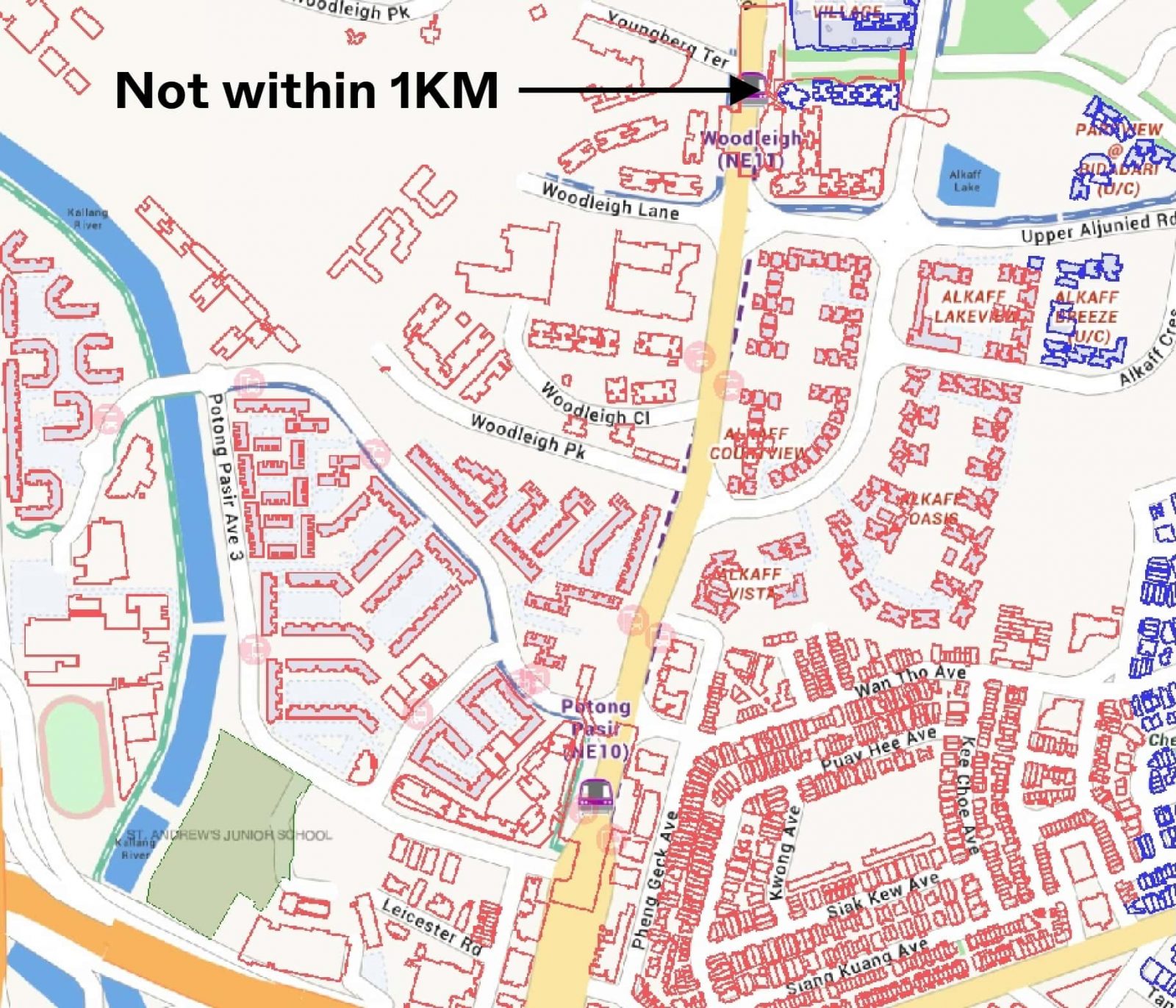
One of the giveaways here is sometimes premium pricing. If you find one block to be much pricier, despite having mostly similar layouts and qualities, it could be related to enrolment distance.
4. Not disclosing prices that have already been transacted
If you’re paying a median or lower price, the agent is usually more than happy to tell you what others are paying. It is, after all, a good incentive for you to go ahead. On the flip side, they may clam up when your price is on the higher end, if not the highest.
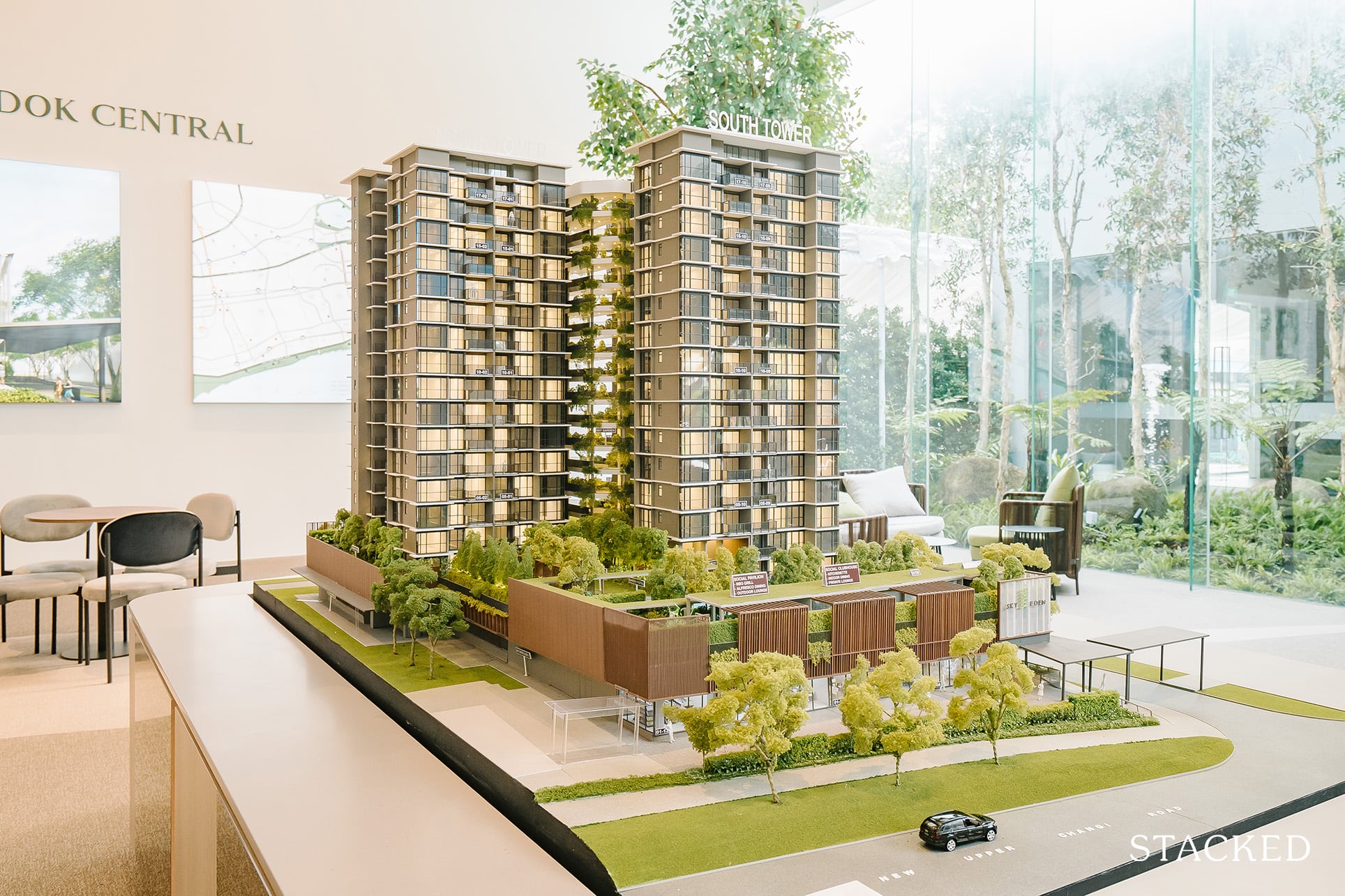
We suggest always asking how much others are paying, and checking other sources if you can’t get an answer (you can always reach out to us too if you need the information). This is especially true if you’re buying a few weeks or months after the launch begins. I.e., you missed the VIP or VVIP previews, where prices tend to be the lowest (or sometimes because of family/friend’s prices or bulk unit purchases).
You want to avoid paying the most for obvious reasons, but there’s another issue fewer buyers think about: when you pay the highest, other sellers have a wider range and can be more flexible with their pricing, when it comes time to sell. So not only are you paying more out of pocket, you are adding an extra hurdle to later sales negotiations.
5. Square footage is often emphasised over layout, when you ask if it’s big enough
Simply having the right square footage isn’t enough. Layout plays a big role here: two units can be 700 sq. ft. each, but it’s possible that one has a second bedroom that can accommodate a queen-sized bed, whilst the other has a second room that only allows for a single. Likewise, issues such as whether the kitchen has a service yard, or whether there are beams and pillars that limit versatility, all play a part.
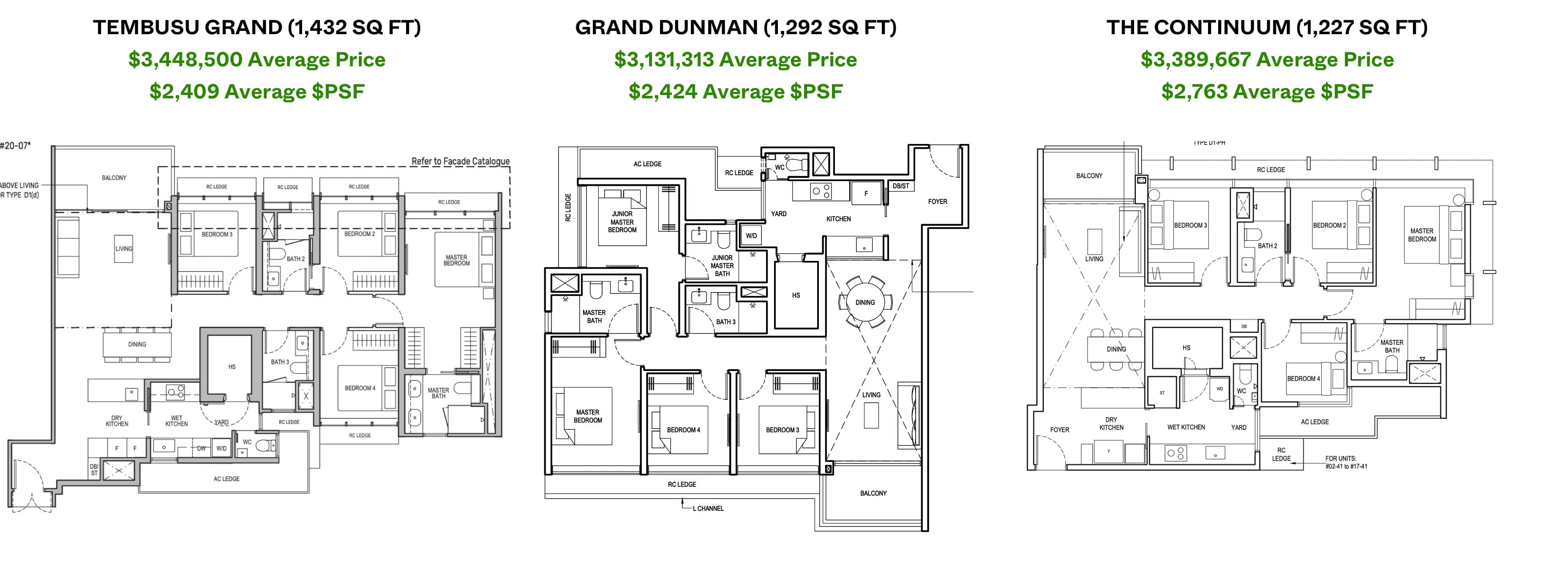
But quite often, when you mention your family size and needs, these concerns are handwaved – you just get pushed toward a particular layout because it’s got enough square footage.
There’s also the issue that less efficient layouts, such as those with odd nooks and crannies, or wasted corridor space, tend to be less popular. If you’re a new home buyer, and unfamiliar with this, you may find these unwanted units being foisted onto you. This is also more likely in later sales phases, when it’s the leftover units that you’re seeing. Remember, sometimes they may be left over for a reason!
If you find it difficult to obtain more detailed information, or want a more personalised walkthrough, reach out to us on Stacked. We can provide a more impartial look at the properties you’re considering, be they new or resale.
If you’d like to get in touch for a more in-depth consultation, you can do so here.
Have a real estate question, or not sure what your options are? Email us at stories@stackedhomes.com.
Ryan J. Ong
A seasoned content strategist with over 17 years in the real estate and financial journalism sectors, Ryan has built a reputation for transforming complex industry jargon into accessible knowledge. With a track record of writing and editing for leading financial platforms and publications, Ryan's expertise has been recognised across various media outlets. His role as a former content editor for 99.co and a co-host for CNA 938's Open House programme underscores his commitment to providing valuable insights into the property market.Read next from Editor's Pick

Property Market Commentary 2025 Year-End Review Of The Singapore Property Market: What The Numbers Reveal

Property Market Commentary How The HDB Resale Market Performed In 2025, And What It Means For 2026 Prices

Property Market Commentary 4 Key Trends Reshaping Singapore’s New Launch Condo Market In 2026

Homeowner Stories What I Only Learned After My First Year Of Homeownership In Singapore
Latest Posts

Property Market Commentary Why The Singapore Property Market Will Be Different In 2026 — And It’s Not Just About Prices

Pro This 21-Year-Old Condo Didn’t Sell Out Initially, Yet Became A Top Performer

Singapore Property News Why More Land Doesn’t Automatically Fix Housing In Singapore

On The Market Here Are The Cheapest 4-Room HDB Flats in Central Singapore You Can Still Buy From $490K

Pro How A Once “Ulu” Condo Launched In 1997 Became A Top Performer

Property Market Commentary When Renting In Singapore Is The Smarter Move — And Buying Can Wait

Singapore Property News Lentor’s First Condo Is Complete — The Early Profits May Surprise You

On The Market These Are Some Of The Cheapest 5-Room HDB Flats Left In Central Singapore

Pro This 698-Unit Ang Mo Kio Condo Launched At The Wrong Time — And Still Outperformed Peers

Singapore Property News $281.2M in Singapore Shophouse Deals in 2H2025 — But That Number Doesn’t Tell the Full Story

Property Market Commentary 5 Key Features Buyers Should Expect in 2026 New Launch Condos

Property Investment Insights These Resale Condos In Singapore Were The Top Performers In 2025 — And Not All Were Obvious Winners

Singapore Property News CapitaLand–UOL’s $1.5 Billion Hougang Central Bid May Put Future Prices Above $2,500 PSF

Singapore Property News Why New Condo Sales Fell 87% In November (And Why It’s Not a Red Flag)

Pro How A 944-Unit Mega-Condo In Pasir Ris Ended Up Beating The Market


